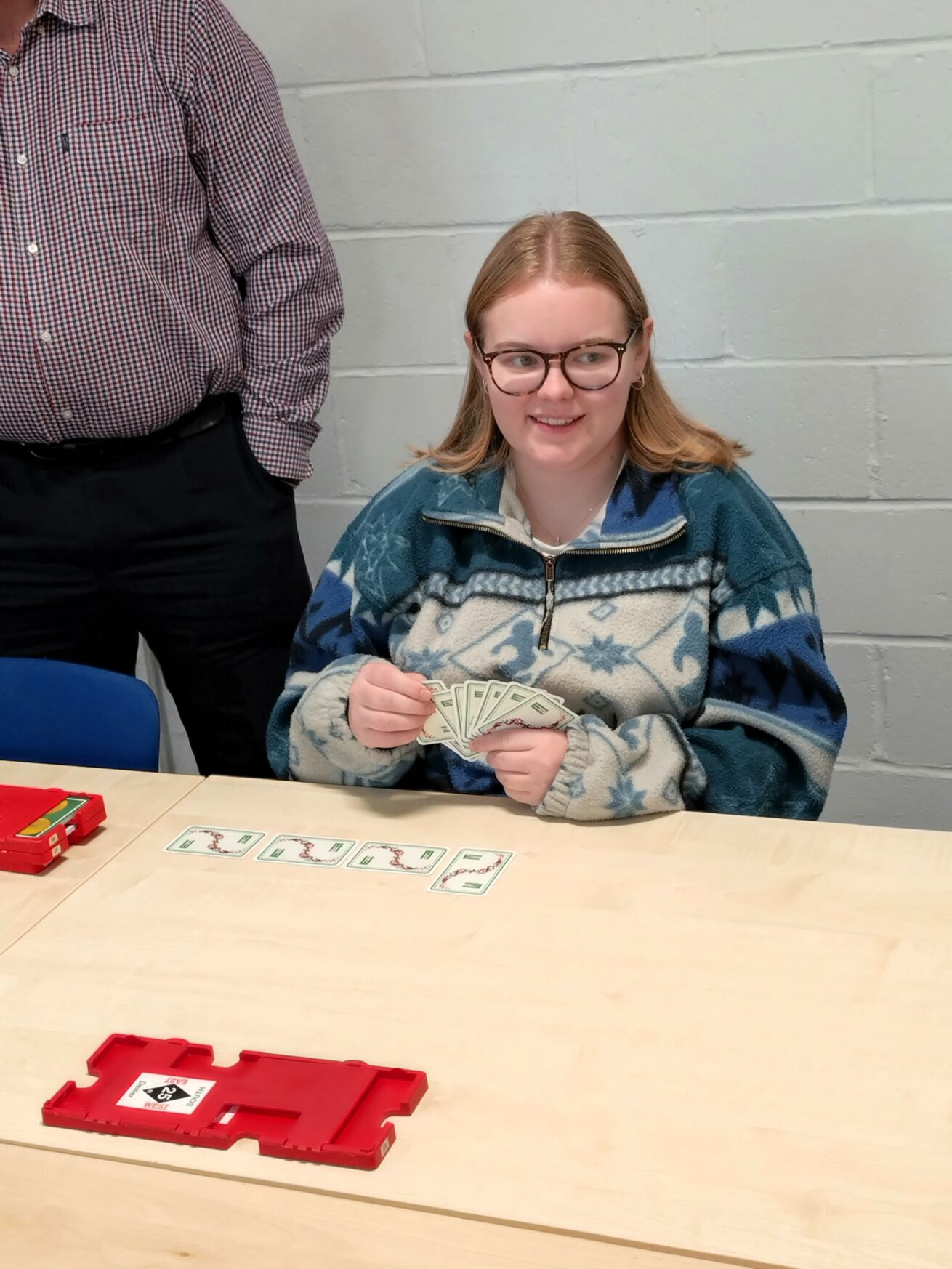

BAMSA has just published a research report on the landscape of youth bridge in Scotland.
The findings of the 24-page report, based on interviews with 15 bridge teachers, paint an intriguing picture of the challenges and opportunities of educational integration, building on both current and historical activity.
The study reveals that schools with thriving bridge programmes share some compelling success stories – particularly where passionate champions bring the game to life for young players. The most successful initiatives prioritise hands-on learning and social engagement over theory, making bridge both accessible and enjoyable for students.
The report on youth development includes some ideas for attracting and retaining young players, for example, bridge cafes where young people gather to play and socialise and mentorship programmes linking experienced players and youth.
The research identifies some obstacles too – from competing demands on young people’s time to the challenge of keeping programmes running when key people move on. Yet the opportunities are substantial, especially if bridge can be better integrated within schools.
We’re keen to hear your thoughts on the findings. Whether you’re an educator, a bridge player, or simply interested in innovative approaches to youth development, do take a look at the full report and share your perspectives.
The future of youth bridge in Scotland looks bright – but it needs your engagement to help shape it. Read the complete report here and join the conversation.

Where can one get hold of the report?
https://bridgemindsport.org/wp-content/uploads/2025/02/The-landscape-of-youth-bridge-in-Scotland-report.pdf